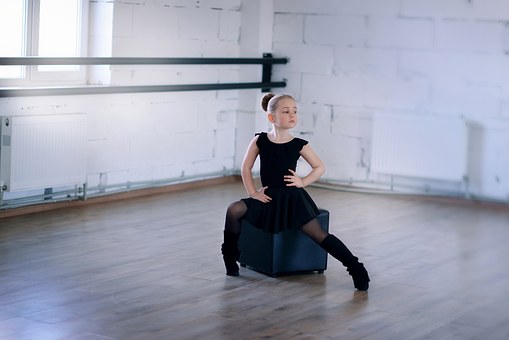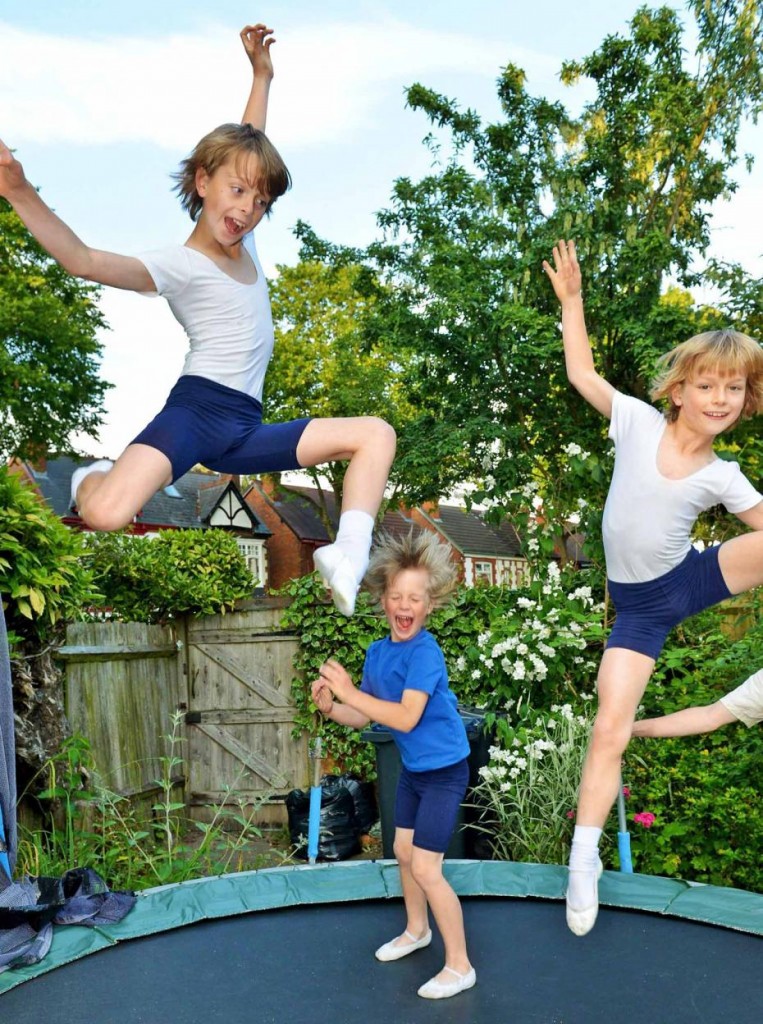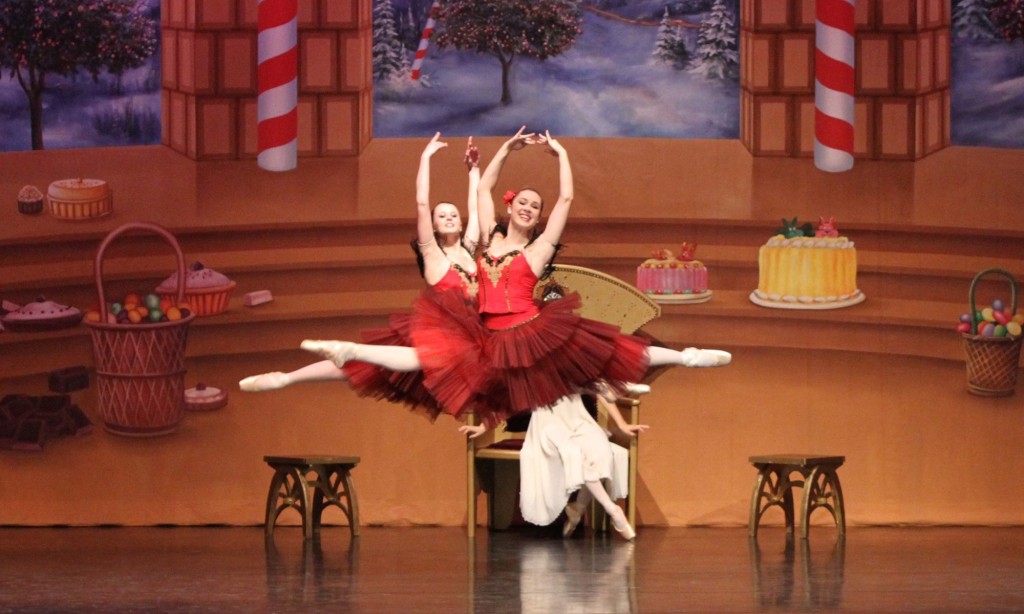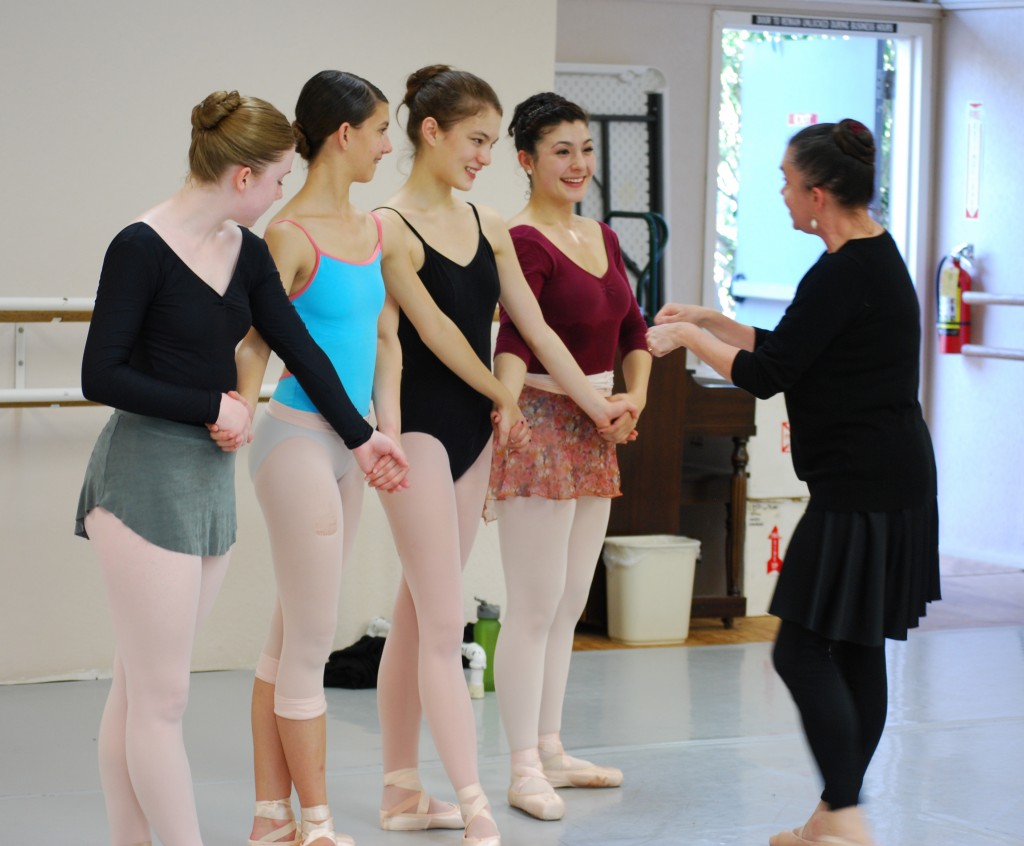
Not unlike many parents, when my child was young, I wanted to enroll her in ballet. My initial concerns included things like: commute, online reviews, schedule of classes, tuition….. But safety?? Without open water, baseballs, or heights to contend with I wasn’t really concerned. Turns out, I just got lucky.
Unqualified instructors are not only a waste of time and money, but life-long consequences can arise from not stretching correctly, improper posture, or going en pointe too early. Younger students are particularly at risk as their bodies are still developing and may not be ready to command the physical control necessary to execute the movements being asked without risking injury. It is important that the instructors are knowledgeable of the physiological and psychological demands required at each stage.
Starting out with a good foundation is important as bad habits are hard to break. Ensuring that one starts with a good routine, which includes a warm up, setting realistic goals, and being part of a supportive team are all skills that are will serve them well throughout life. Muscle memory, the body’s tendency to revert to a learned position, develops naturally yet may require a great deal of conscious effort to “correct”. I’ve heard from a number of current and former dancers that strangers will remark that their ballet background is evident simply from the way they carry themselves as they move about in everyday life.
I have come to really appreciate the true integrity and dedication to the art of ballet that Capitol Ballet instills in their students. Dancers are placed and promoted based on ability—not age or parent preference. The emphasis is on precision and technique—not performances or profit. Check out some of the alumni; a testament to the quality and caliber of their instruction.
For more, read this BBC article: Unqualified Ballet Teachers Can “Damage” Children
Header Photo Credit: Thinstock; BBC











